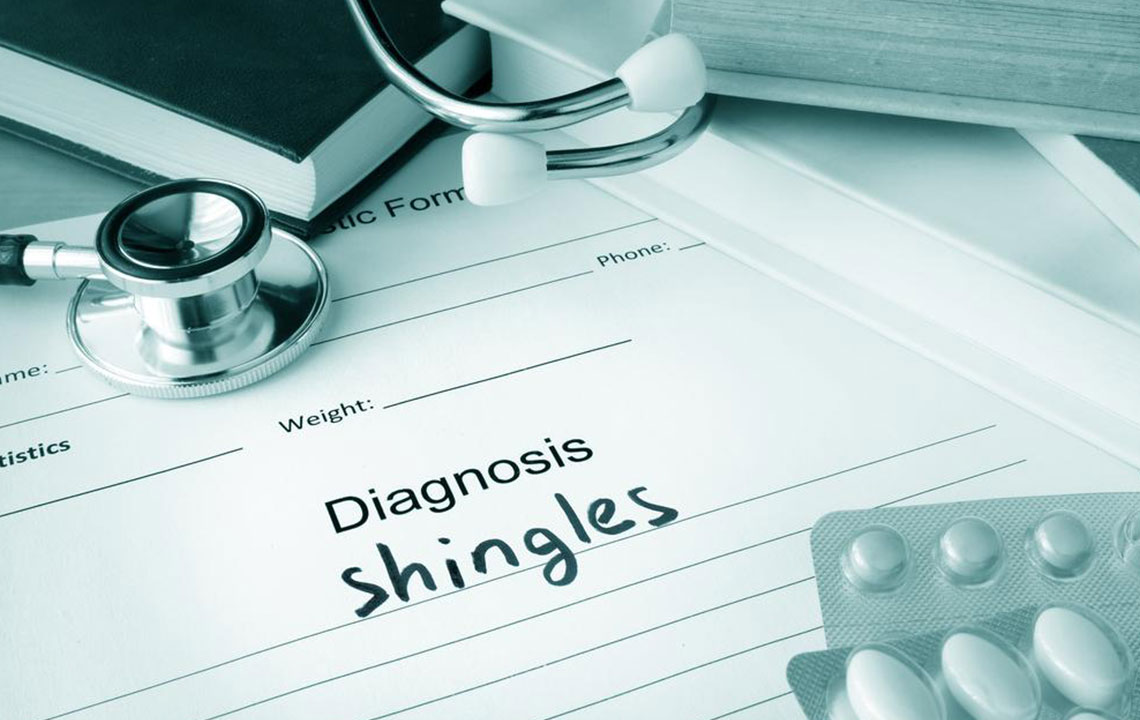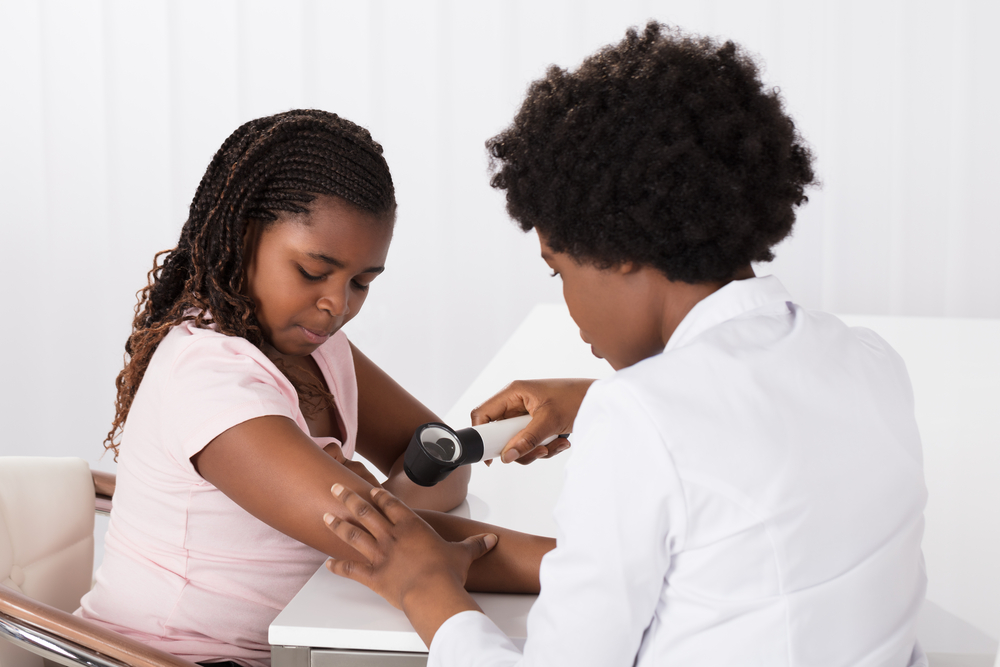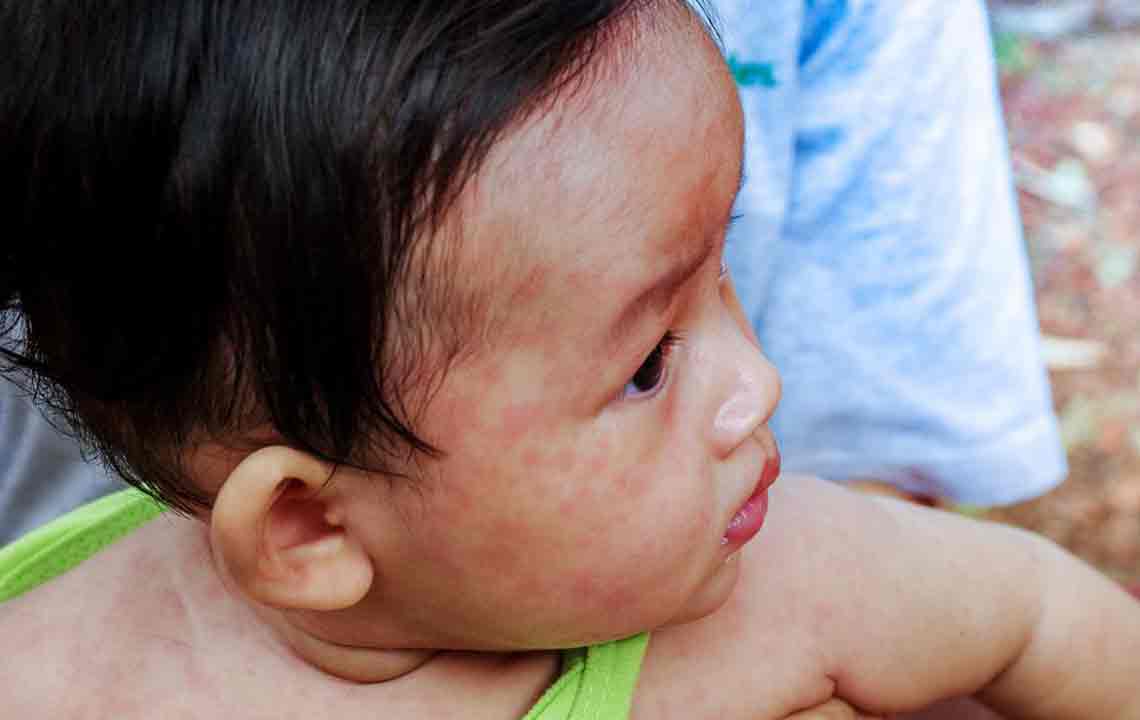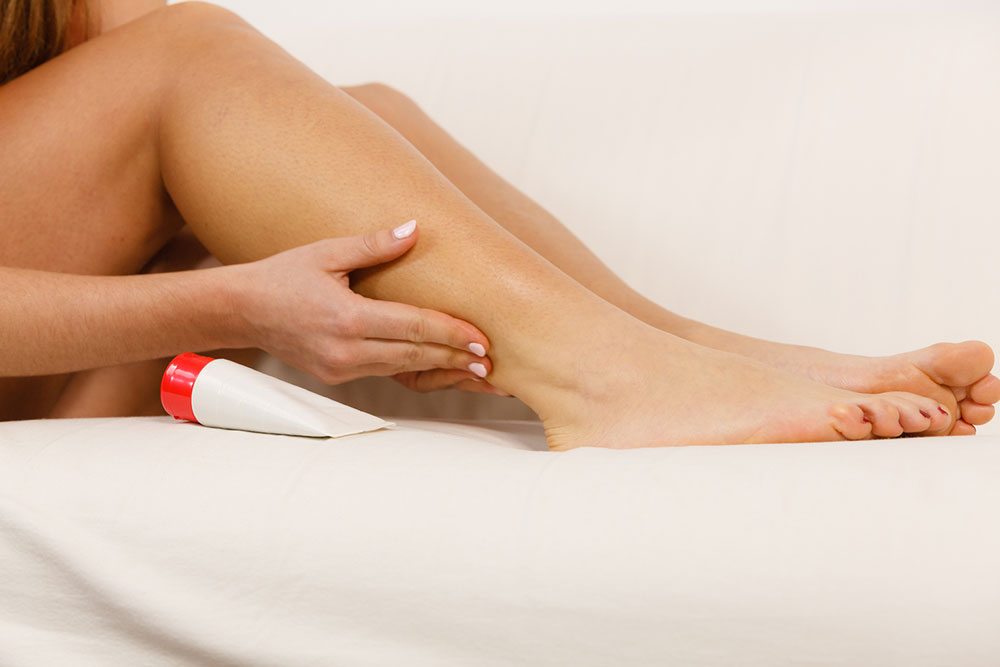Comprehensive Guide to Shingles: Symptoms, Causes, and Effective Management Strategies
This comprehensive article explains shingles, including its symptoms, causes, risk factors, prevention, and management strategies. It emphasizes early detection, vaccination options, and effective treatment to mitigate pain and complications, providing valuable insights for older adults and those with weakened immune systems.

Comprehensive Guide to Shingles: Symptoms, Causes, and Effective Management Strategies
Shingles, also known as herpes zoster, is a common viral infection caused by the reactivation of the varicella-zoster virus—the same virus responsible for chickenpox. This condition predominantly affects adults, especially those who have previously had chickenpox, because the dormant virus can reactivate later in life. Many individuals wonder about the warning signs, risk factors, treatment options, and prevention strategies associated with shingles. This comprehensive guide aims to provide an in-depth understanding of shingles, including its symptoms, causes, how it spreads, and effective ways to manage and prevent this painful condition.
Understanding Shingles: What Is It?
Shingles is a viral infection characterized by a painful rash that typically appears on one side of the body or face. It results from the reactivation of the dormant varicella-zoster virus lying latent within nerve tissues after an initial chickenpox infection. Once reactivated, the virus travels along nerve pathways to the skin, causing inflammation and a distinctive rash. The rash often develops into clusters of red blisters filled with fluid, which can be intensely painful. Though shingles primarily affects older adults, anyone who has had chickenpox in childhood is at risk of developing shingles later in life.
Recognizing the Symptoms of Shingles
Early detection of shingles is crucial for prompt treatment and reducing the risk of complications. The initial symptoms typically include a burning, tingling, or numb sensation in a specific area of the skin—often on the torso, face, or neck. These sensations are frequently followed by a red rash that develops within a few days. The rash usually progresses into clusters of fluid-filled blisters that eventually crust over and heal.
Other common symptoms accompanying shingles include:
Fever and chills
Headache
Fatigue or general feeling of being unwell
Sensitivity to touch
In some cases, the pain can be severe and persistent, lasting for weeks or even months after the rash heals, a condition known as postherpetic neuralgia.
Causes and Risk Factors for Shingles
Shingles occurs when the varicella-zoster virus, which remains dormant in nerve cells after one recovers from chickenpox, reactivates due to various triggers. The precise reasons for this reactivation are not fully understood but are believed to involve a decline in cell-mediated immunity, often associated with aging or immunosuppression. Factors increasing the likelihood of developing shingles include:
Advanced age: People over 50 are at higher risk, with the incidence increasing with age
Weakened immune system: Conditions like HIV/AIDS, cancer, or treatments like chemotherapy and radiation can impair immunity
Use of immunosuppressive medications: Such as steroids or certain drugs used after organ transplantation
Stress and severe illness: Both can suppress immune defenses
History of chickenpox: Prior infection with the varicella-zoster virus
How Does Shingles Spread?
It is important to note that shingles itself is not contagious in the way that the initial varicella infection (chickenpox) is. However, the virus can be transmitted from an individual with active shingles to others who have not been vaccinated or have never had chickenpox. This transmission occurs through direct contact with open herpes zoster blisters, not through respiratory droplets or casual contact. If someone with shingles touches or kisses someone who is immunocompromised or has not previously had chickenpox, that person can develop chickenpox, not shingles.
Potential Complications of Shingles
While many cases of shingles resolve without serious issues, complications can occur, especially if the infection is not promptly treated. These include:
Postherpetic neuralgia: Persistent nerve pain lasting longer than a month after the rash heals
Vision loss: When shingles affects the eye (herpes zoster ophthalmicus), leading to inflammation and damage to the eye structures
Neurological problems: Such as encephalitis or facial paralysis
Secondary bacterial infections: Resulting from skin breakage
Prevention Strategies
The most effective way to prevent shingles and its complications is through vaccination. Two vaccines are commonly recommended for adults:
Shingrix: A recombinant, non-live vaccine with over 90% efficacy, recommended for adults aged 50 and older.
Zostavax: A live attenuated vaccine, less effective than Shingrix, used in certain populations.
Besides vaccination, maintaining a healthy lifestyle to support immune health can help reduce the risk. This includes balanced nutrition, regular exercise, adequate sleep, and effective stress management.
Managing and Treating Shingles
Early treatment is essential to reduce the severity and duration of shingles. Antiviral medications like acyclovir, valacyclovir, and famciclovir are most effective when started within 72 hours of rash appearance. These medications work by inhibiting viral replication, thereby decreasing nerve damage and pain.
In addition to antivirals, pain management is crucial. Over-the-counter pain relievers such as acetaminophen or NSAIDs can help relieve discomfort. For severe nerve pain, doctors may prescribe opioids or nerve-specific medications like gabapentin or pregabalin.
Topical agents like capsaicin cream or lidocaine patches can also provide localized relief. Soothing home remedies, including cool compresses and baths with colloidal oatmeal, can assist in alleviating discomfort and preventing secondary skin infections.
Lifestyle and Dietary Recommendations
Supporting recovery and boosting immunity involve proper diet and lifestyle choices. Consuming foods rich in vitamins A, B, C, and E can promote skin healing and immune health. Adequate hydration and stress reduction techniques such as meditation or yoga can also support recovery. Patients are advised to keep the affected skin clean and dry, avoid scratching blisters, and follow medical advice carefully.
Conclusion
Shingles is a painful, often debilitating condition that predominantly affects older adults and immunocompromised individuals. Recognizing its early symptoms, understanding the risk factors, and implementing preventive measures like vaccination are key to reducing its incidence. Prompt medical treatment with antivirals can significantly lessen complications, including nerve pain and vision problems. Maintaining overall health and immunity through a nutritious diet, regular exercise, and stress management plays a vital role in prevention. If you suspect shingles, consulting a healthcare professional promptly can make a significant difference in your recovery and long-term health outcomes.





